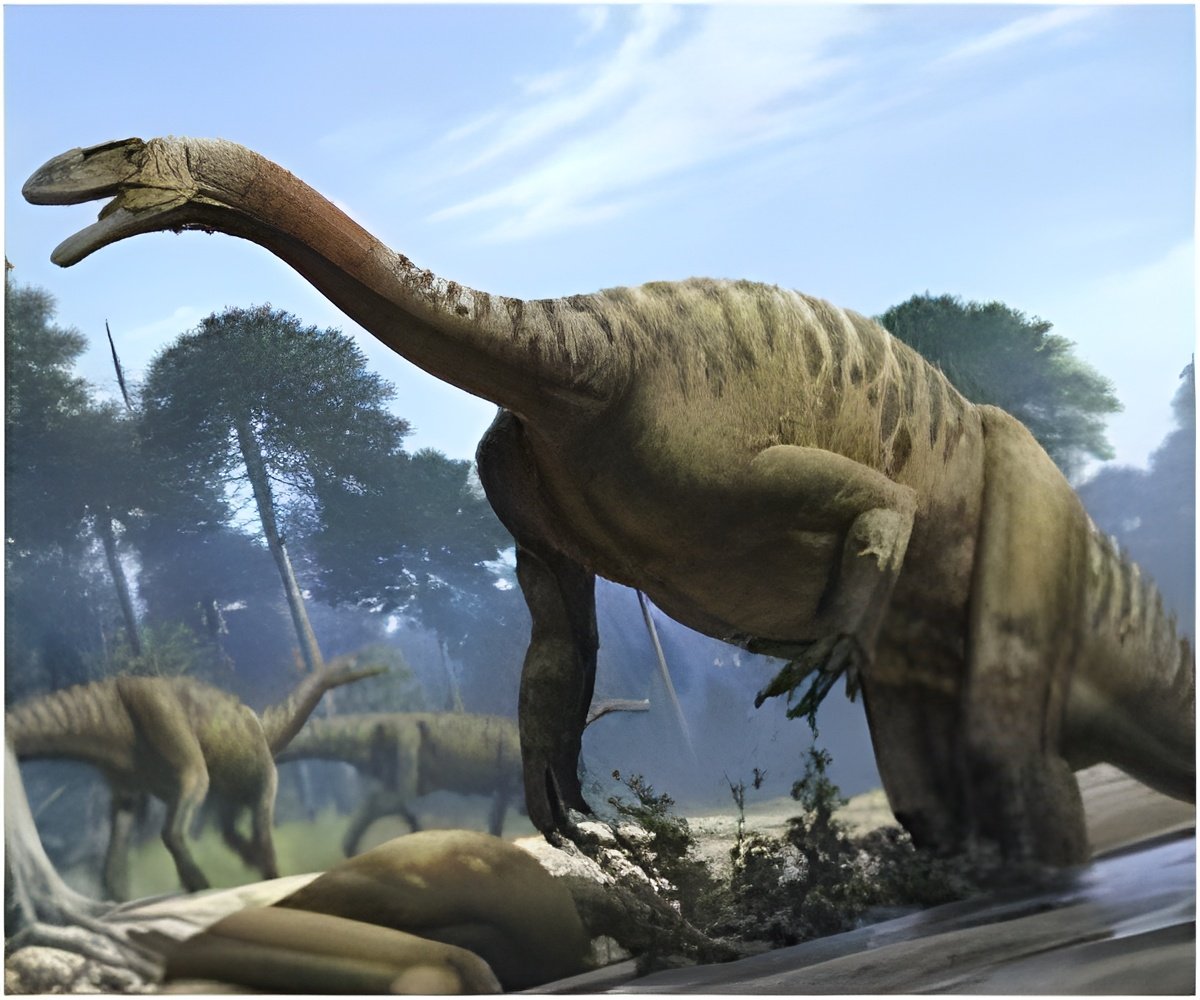Male oviraptorosaurs shook their tail feathers in intricate displays to woo potential mates, akin the behavior of modern-day peacocks, researchers report.

"The joints in the creatures’ vertebrae were fused, so we think that the dinosaurs had stopped growing -- meaning they were adults," informed Scott Persons, vertebrate paleontologist at the University of Alberta in Edmonton, Canada in the journal called Scientific Reports.
But determining whether the pair were indeed male and female was tricky, because, as with most fossils, no trace of soft tissue remains: only the bones are preserved.
One fossil is a complete skeleton, whereas the other is missing the middle and end of its tail. But that was enough to reveal distinct differences in the length and shape of blade-like bones called "chevrons", which jut down from the vertebrae near the base of the tail and provide attachments for muscles and tendons.
A number of chevrons in one of the fossils were longer and had broader tips than those in the other specimen. The variations are a sign of sex differences. The bones might be shorter in females to ease the process of laying eggs.
"In males, a set of longer, broad-tipped "chevrons" could have offered a better anchor for a penis-retracting muscle that the creatures are presumed to have had," the authors noted.
But the most tantalizing explanation might be that males needed larger "chevrons" to anchor the muscles that controlled their flexible, feather-tipped tails.
The researchers suspect that male oviraptorosaurs shook their tail feathers in intricate displays to woo potential mates, akin the behavior of modern-day peacocks.
Confirmation of the findings could allow researchers to use chevron comparisons to determine sex in other small dinosaurs that might have used feathers for display.
Source-IANS
 MEDINDIA
MEDINDIA


 Email
Email








